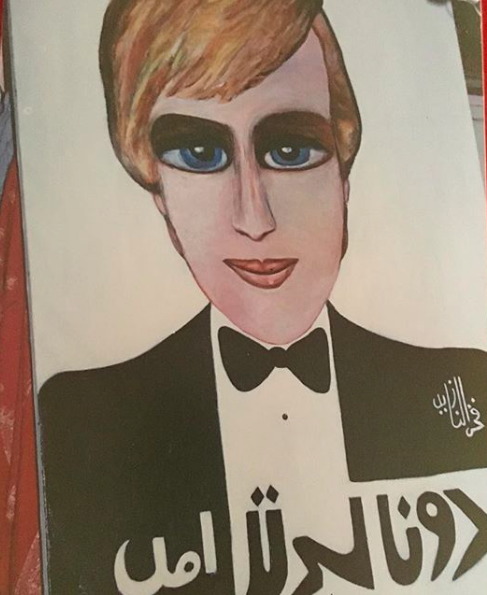Calligraphic Panel from Hacibektaş Museum
 |
| [1] The final resting place of Haci Bektaş Veli, founder of the Bektashi Order. The tomb is now also a museum. |
 |
| [2] Calligram of a Face, Hacibektaş Museum |
One such example [2] is a human face, with Arabic text forming the contours of the head, mouth, cheeks, eyes and ears. The text itself ("Ya Allah, Muhammad and 'Ali") serves as an invocation to God, the Prophet Muhammad, and his companion 'Ali, who is greatly revered within the Sufi tradition. The initial letter mim in Muhammad forms the eyes of the face (with little pupils drawn inside), and the letter 'ayn in 'Ali form the apples of the cheeks. The two dots for the letter ya have been turned sideways to make a pair of earrings.
 |
| [3] Detail of Image 2 |
If we look even closer at this work [3], we will discover an interesting clue about how these kinds of pieces were made. Along the edges of the black lines, there are very small pin pricks, which are evidence for a practice called "pouncing," an early modern method for copying images. If you wanted to duplicate something, all you had to do was carefully prick holes along the lines of an image, then place the panel over a blank piece of paper. If you dusted the panel lightly with soot, then removed it, on the blank paper below you would get an outline of the image, and from there you can basically play connect-the-dots to get a decent copy of the original. In this way, popular compositions like this one could be reproduced and disseminated with ease. It is no coincidence that these kinds of calligrams seem to be found in every corner of what used to be the Ottoman Empire.
AKSEL, Malik. Türklerde Dini Resimler; Yazı-Resim. Istanbul: Elif Kitabevi, 1967.
DEJONG, Frederick. "Pictorial Art of the Bektashi Order." The Dervish Lodge: Architecture, Art and Sufism in Ottoman Turkey. Edited by Raymond Lifchez. Berkeley: University of California Press, 1992.
View Larger Map



Comments
Post a Comment